Description
The Walrus Audio Meraki Analogue Stereo Delay Pedal is currently retailing at £579 and it is preorder. Available to be delivered to you by post direct (some charge may apply).The team at Just Pedals think that Walrus Audio nailed it with the Walrus Audio Meraki Analogue Stereo Delay Pedal.
Cozy up and immerse yourself in true stereo analog delay with eight MN3005 bucket brigade chips to create warm, rich repeats capable of 1200ms of delay time with parallel, ping-pong and series delay modes. Independently control the delay times and modulation of the left and right channels to create syncopated repeats or keep them locked in to the same timing for classic delay sounds.
The Meraki stereo analog delay uses eight MN3005 bucket brigade chips to create warm, rich repeats. Capable of 1200ms of delay time with parallel, ping-pong and series delay modes. Independently control the delay times and modulation of the left and right channels to create syncopated repeats or keep them locked into the same timing for classic repeat sounds.
Versatile Delay Modes
Explore parallel, ping-pong, and series delay lines to craft your unique sound. Create syncopated rhythms or classic repeats with independent control over the left and right channels.
Precise Controls
Mix: Dial in the perfect blend of wet and dry signals with the Mix control, offering full wet/dry mix capability.
Feedback Left/Right: Fine-tune the amount of repeats in each channel, from subtle echoes to full oscillation.
Mod Depth/Rate: Add depth to your repeats with adjustable modulation, creating a chorus/vibrato effect in the repeats. Secondary functions allow wave shape and modulation phase adjustments as well.
Time: Tailor your delay time from 80ms to 1200ms, offering a wide range of sonic possibilities.
Tone: Shape the tone of your delay repeats with the Tilt EQ, cutting lows and boosting highs or vice versa.
MIDI Implementation
Digitally manipulate controls like time, modulation, tap tempo, tap division, and more with five-pin MIDI integration.
Tap into Creativity
Tap Division Left/Right Switch: Choose between quarter note, dotted eighth, and eighth note repeats for each channel.
Feedback Mode Switch: Select between Parallel, Ping-Pong, and Series delay lines for diverse rhythmic textures.
Sync/Left/Right Switch: Fine-tune settings independently for each side, unlocking a world of mismatched timings and creative possibilities with fully independent time, divisions, and mod depth/rate/shapes.
Bypass Options
Choose between True-Bypass or Buffered Bypass for trails, and toggle between Trails (default) or Relay (no-trails) with the Bypass switch.
Tap Tempo and Expression Control
Take command of your timing with the Tap Tempo switch, or use external tap or an expression pedal for even more dynamic control over time or modulation depth.
Ready for takeoff
Hold the Tap switch to ramp up repeats and send the pedal into self-oscillation. Fun tip: Get extra creative with sound exploration with MIDI
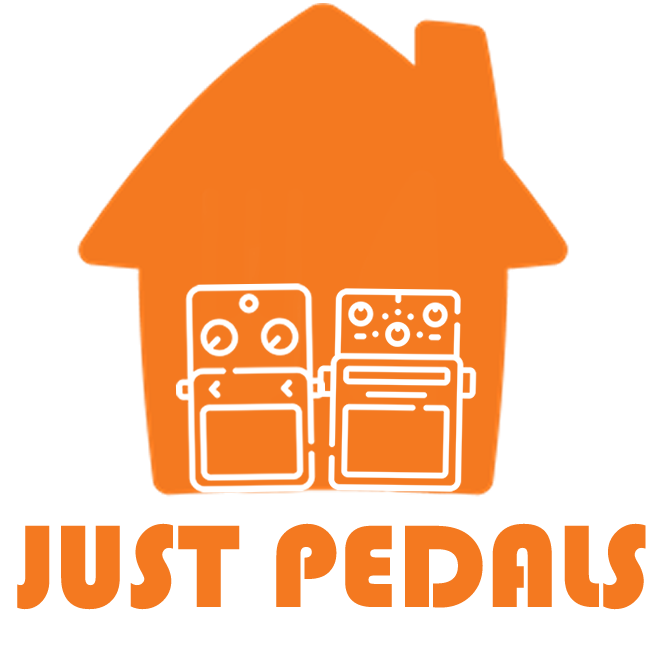
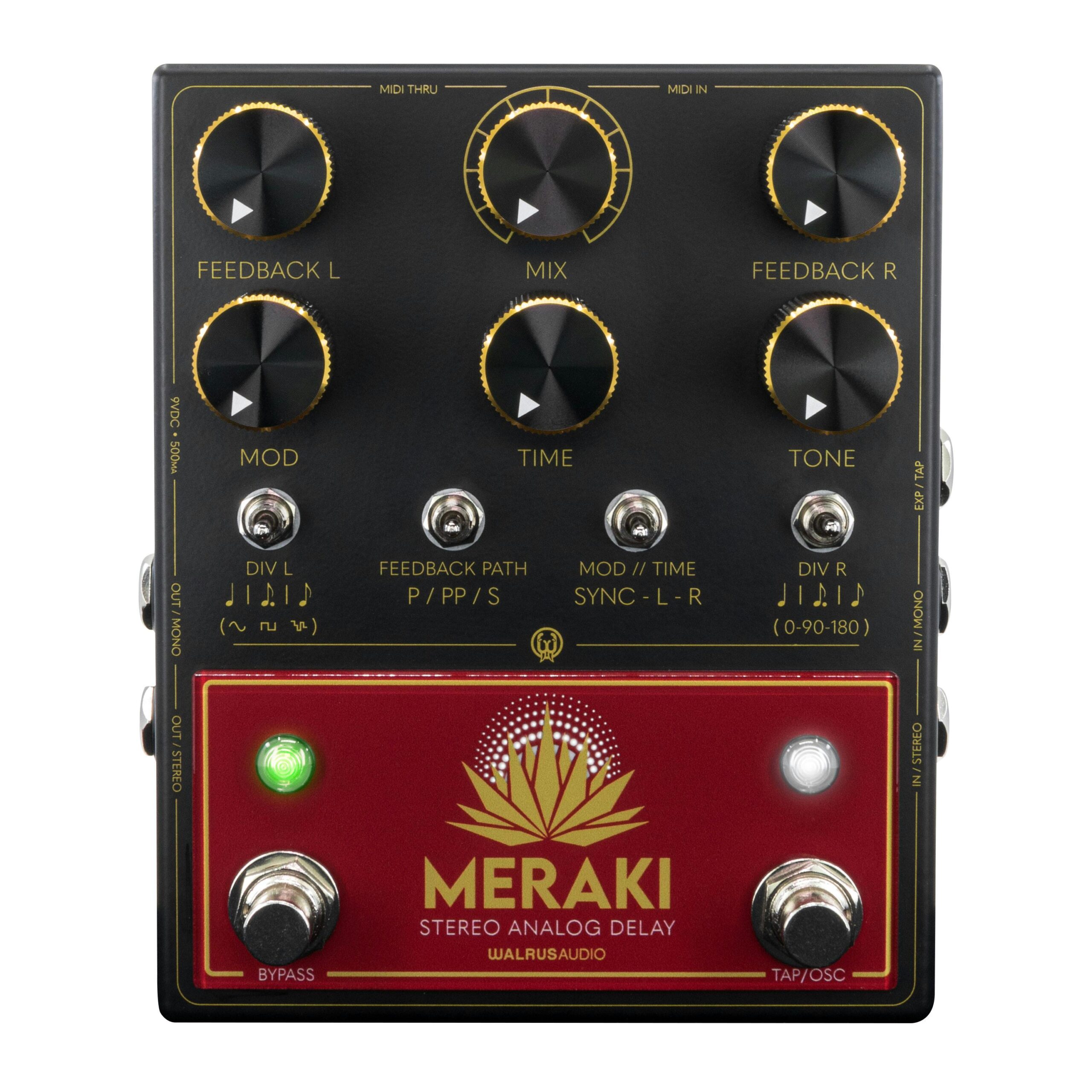
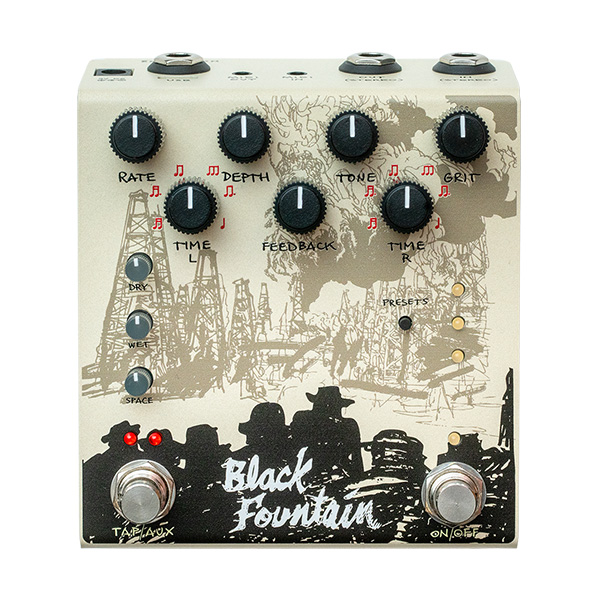
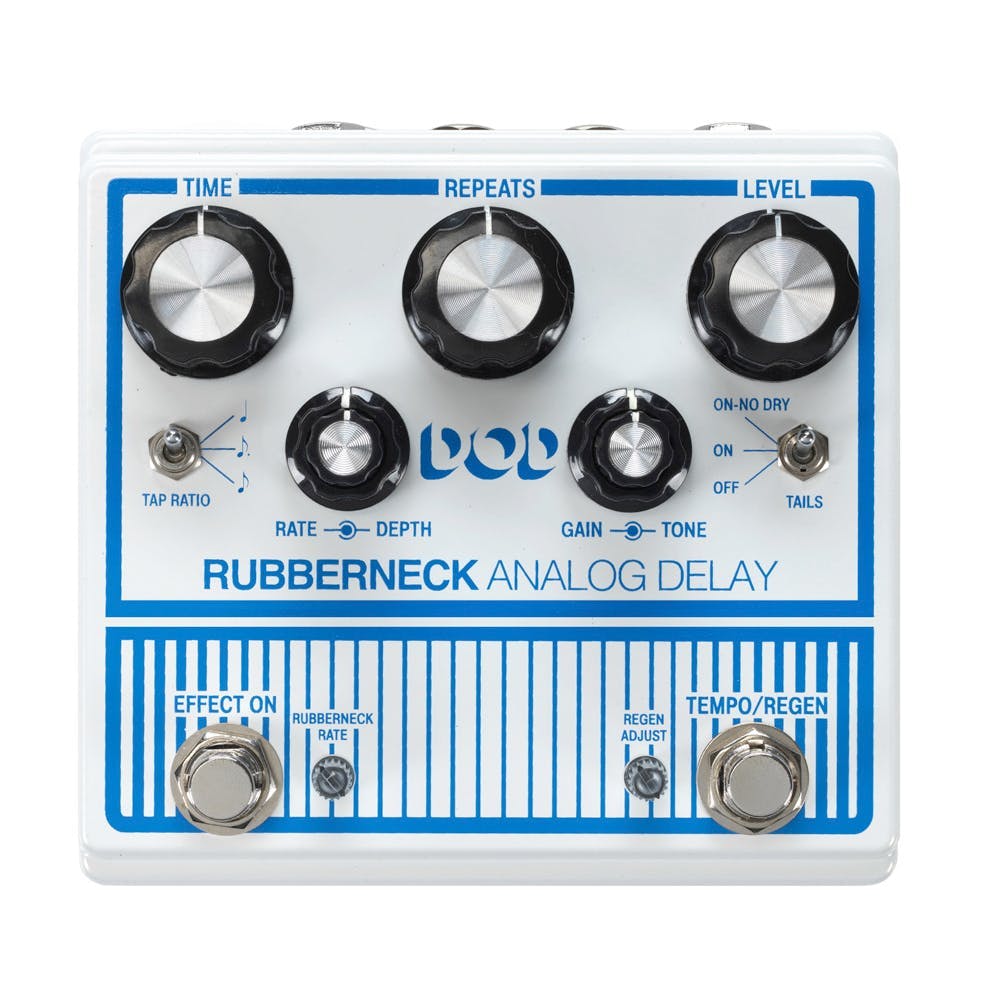
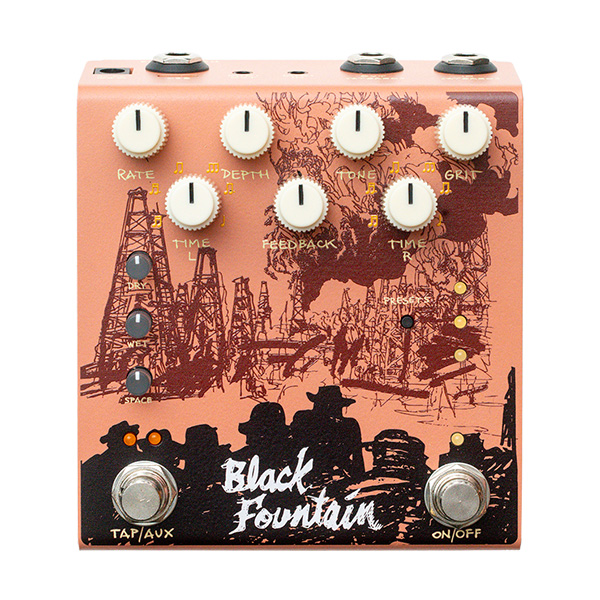
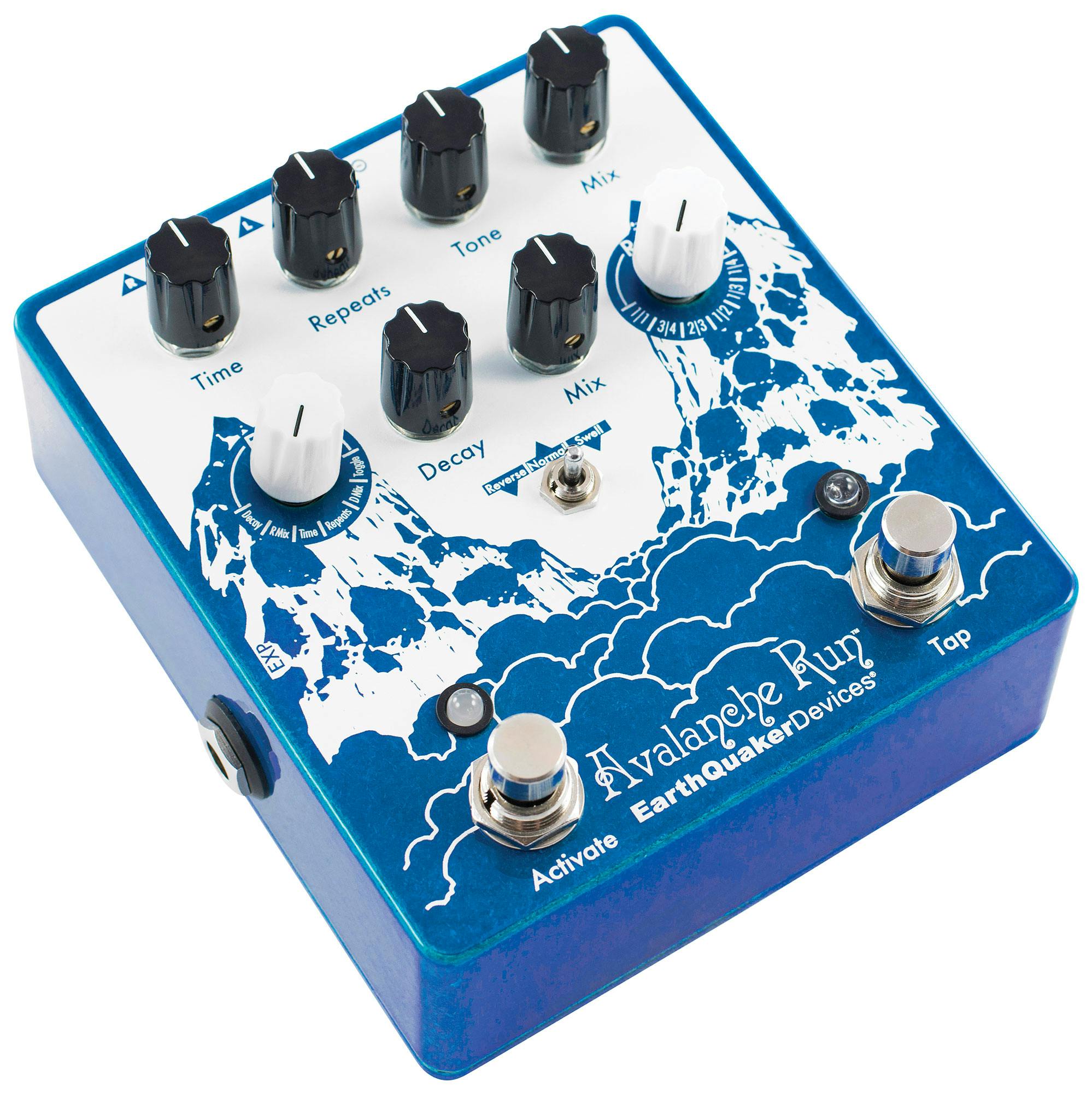
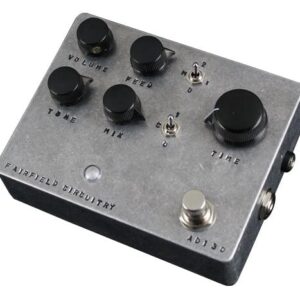
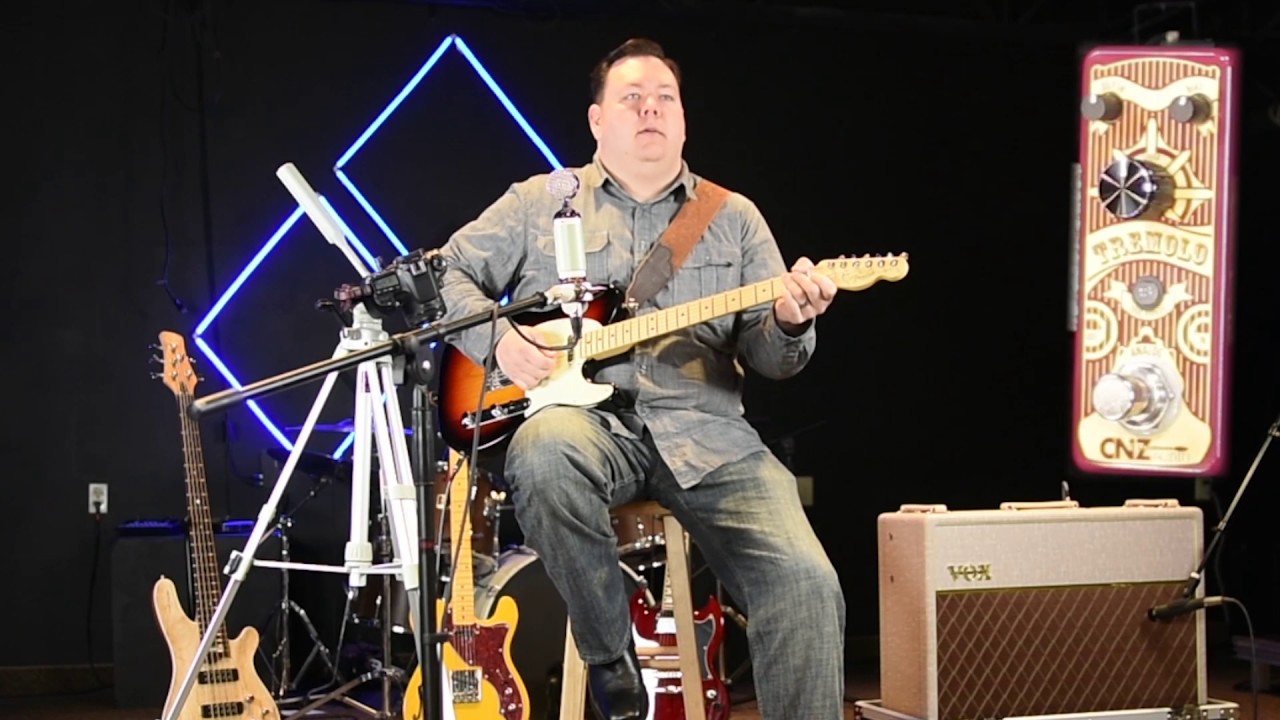
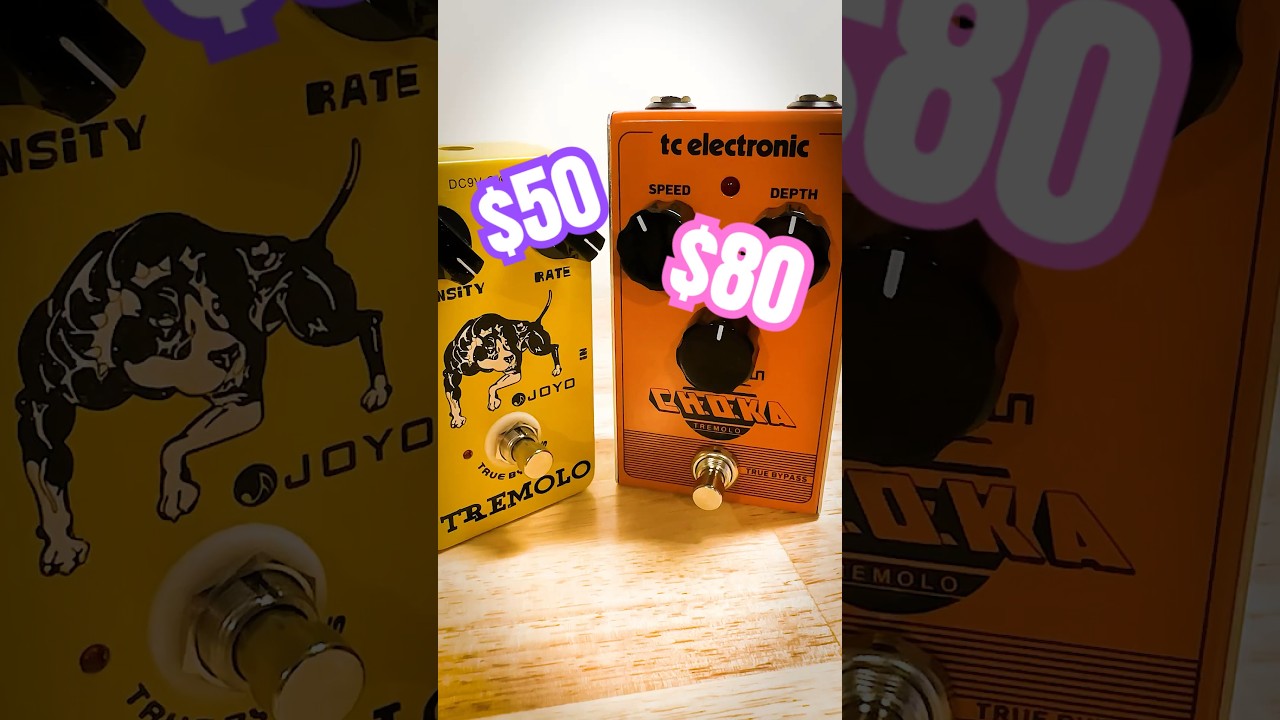





![[7 Delay Modes] 7 delay effects including digital, analog, tape, mod, sweep, lofi and reverse. [3 Knobs] MIX is used to control the dry/effect signal ratio. TIME is used to control the delay time from 20ms ~ 838ms. F.BACK is used to control the feedb...](https://m.media-amazon.com/images/I/41EUFdvIhyL._SL160_.jpg)
